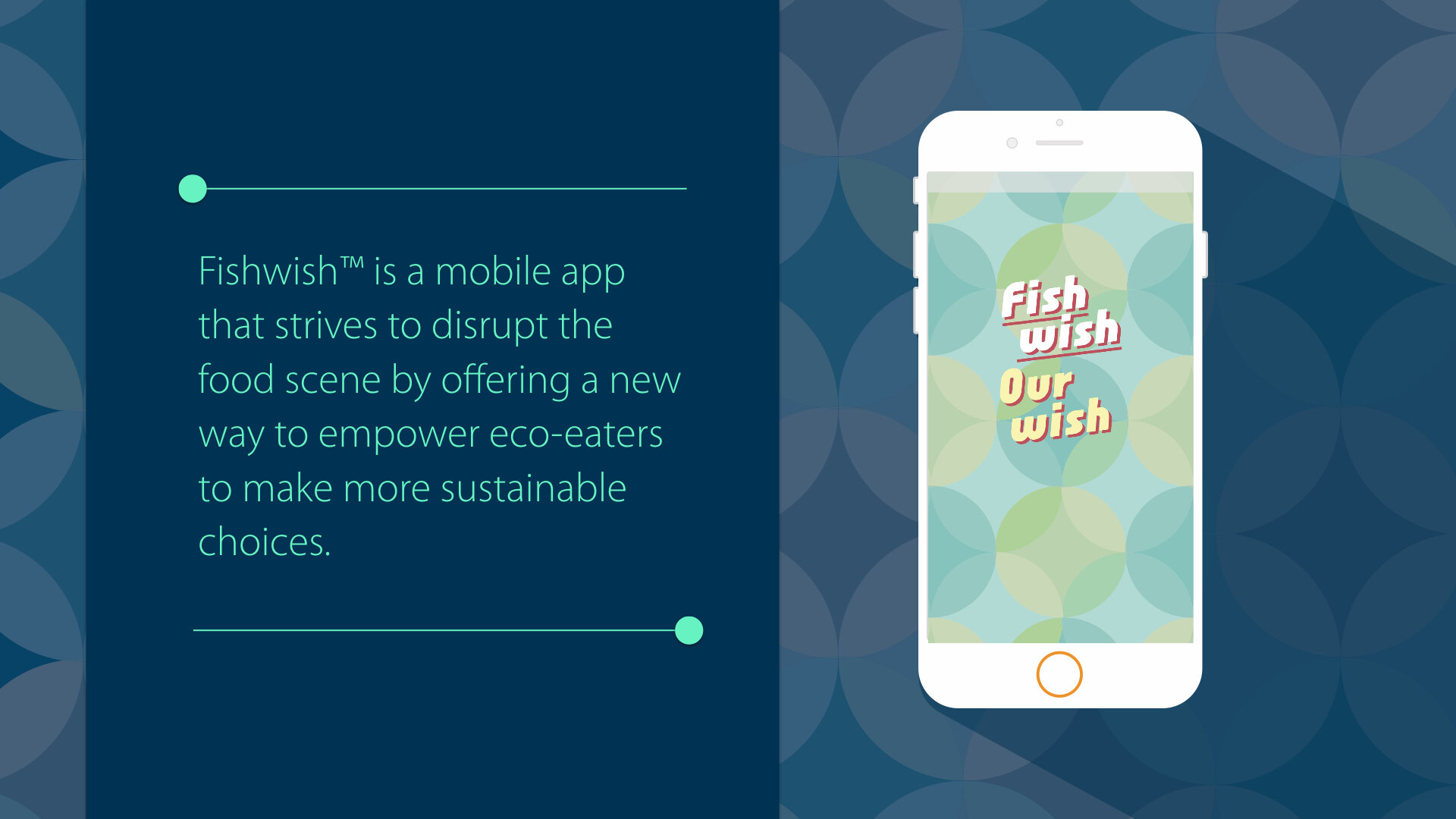FishWish
an app that disrupts the food scene to empower eco-eaters to make more sustainable choices
Aug 2015- march 2016
Client
X (Thesis project)
ROLE
UX Research, Product Designer
DELIVERIES
Generative research and validated MVP
Background
Fishwish™ was my thesis and the first solo project that adopted the entire human-centered design process to research and design the innovative solutions to address overfishing issue and empower sustainable awareness.
Define
The big problem
Within a few decades, overfishing became a severe problem. Global demand for fish is at about 158 million metric tons annually (and growing), which is about twice the already worrisome 80 million metric tons we take from the oceans. Right now more than 90% of global fish stocks are over-exploited, depleted, or fully exploited. Science report indicated that fish species will collapse by 2048 if the long-trend consumption won’t change.
/ Why it matters?
There are 1.7 million jobs supported by commercial and recreational fishing, and it generated 199 billion dollars. If the fish population disappeared it would affect tens of thousands of people’s lives.














